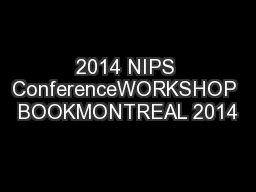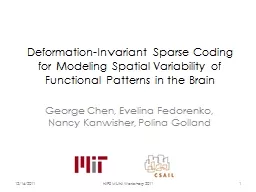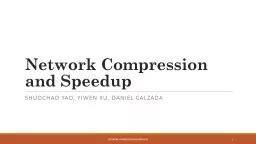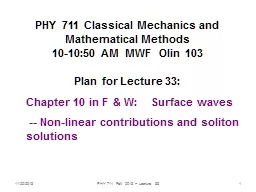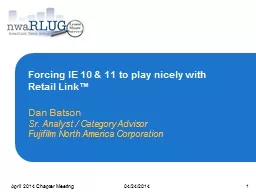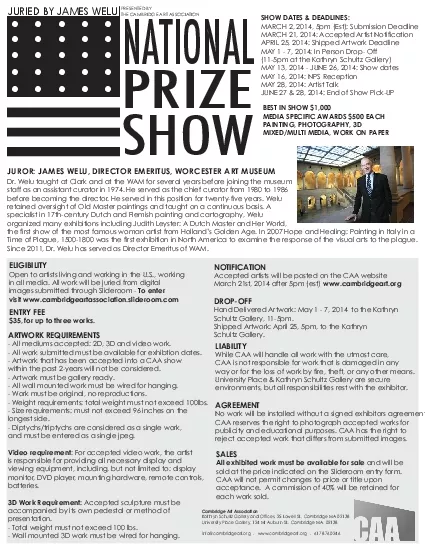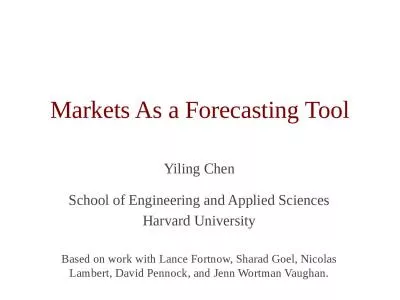PDF-2014 NIPS ConferenceWORKSHOP BOOKMONTREAL 2014
Author : lindy-dunigan | Published Date : 2016-07-01
MONTREAL 2014 1 NEURAL PROCESSING The technical program includes 6 invited talks and 414 accepted papers selected from a total of 1678 Papers presented at the conference
Presentation Embed Code
Download Presentation
Download Presentation The PPT/PDF document "2014 NIPS ConferenceWORKSHOP BOOKMONTREA..." is the property of its rightful owner. Permission is granted to download and print the materials on this website for personal, non-commercial use only, and to display it on your personal computer provided you do not modify the materials and that you retain all copyright notices contained in the materials. By downloading content from our website, you accept the terms of this agreement.
2014 NIPS ConferenceWORKSHOP BOOKMONTREAL 2014: Transcript
Download Rules Of Document
"2014 NIPS ConferenceWORKSHOP BOOKMONTREAL 2014"The content belongs to its owner. You may download and print it for personal use, without modification, and keep all copyright notices. By downloading, you agree to these terms.
Related Documents

